From Inverse.com
SpaceX is about to send its first humans into space, and it’s depending on Tesla for a bit of help.
The space-faring firm is gearing up for the first manned mission for its new Crew Dragon capsule, scheduled for launch on May 27. The team will be sending up NASA astronauts Bob Behnken and Doug Hurley for the “Demo-2” mission, the first step toward a new arrangement where astronauts are sent to and from the International Space Station using commercial capsules. On Wednesday, NASA administrator Jim Bridenstine shared images of the Tesla vehicle that will be used for the mission.
“Here’s some Tesla news that everyone should love,” Bridenstine wrote on his Twitter page. “Check out the Model X that will carry [Bob Behnken] and [Doug Hurley] to the launchpad for the Demo-2 mission!”
The images demonstrate how two of Elon Musk’s firms are pooling their talents to fuel the future of transport. Where Tesla is focused on all-electric cars to transition the world toward sustainable energy, SpaceX is focused on reducing the costs of space travel and enabling humans to venture out further into the stars.

The Tesla Model X SUV, pictured, was first released in 2015 and serves as a premium vehicle for the mission. Its rear falcon-wing doors were reportedly a nightmare to manufacture, leading Musk to describe the car as a “Faberge egg” in January 2019. On the other hand, their futuristic design makes them ideal for a groundbreaking mission like this.

The “Demo-2” mission is set for launch at the Kennedy Space Center in Florida at 4:33 p.m. Eastern time. It’s a pivotal moment for the NASA Commercial Crew program, which started as a way of sending NASA astronauts into space from the United States again. Since the shuttle program ended in 2011, NASA has been using Soyuz rockets, renting seats from Russian agency Roscosmos, taking off from the Baikonur Cosmodrome in Kazakhstan. SpaceX and Boeing have both been working to develop capsules for the program, and it seems SpaceX’s will send humans into space first.

It’s not the first time SpaceX has turned to Tesla for assistance. In February 2018, SpaceX launched the Falcon Heavy rocket for the first time in a test mission, sending up Musk’s red Tesla Roadster as a payload to demonstrate the rocket’s capabilities. The vehicle is currently in orbit, complete with a dummy in the front seat set up with David Bowie playing on the in-car sound system. It’s unclear whether the sound system is still functional.

In September 2019, SpaceX also turned to Tesla for batteries to power its upcoming Starship rocket. The stainless steel vehicle is designed to send the first humans to Mars and start a city on the planet, with a fully-reusable design that enables humans to venture out even further. The batteries, spotted on the Mk.1 prototype, were explained by Musk: “It would be pretty embarrassing to use a non-Tesla battery!”
Could SpaceX and Tesla work together again in the future? After Musk described the upcoming Cybertruck as the “official truck of Mars,” a concept render produced in December 2019 showed how the ship could carry the payload to the new planet.
